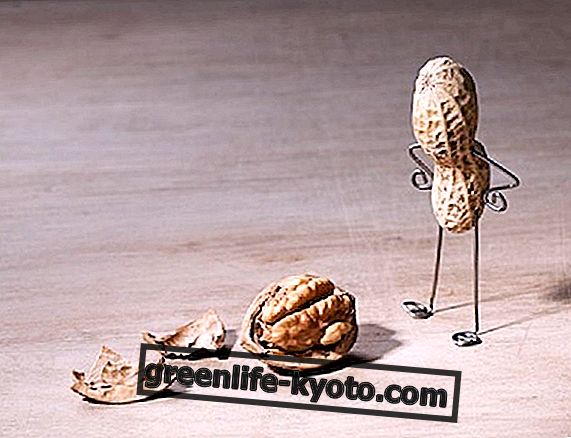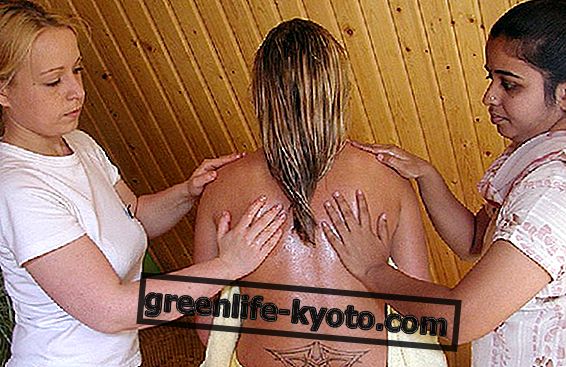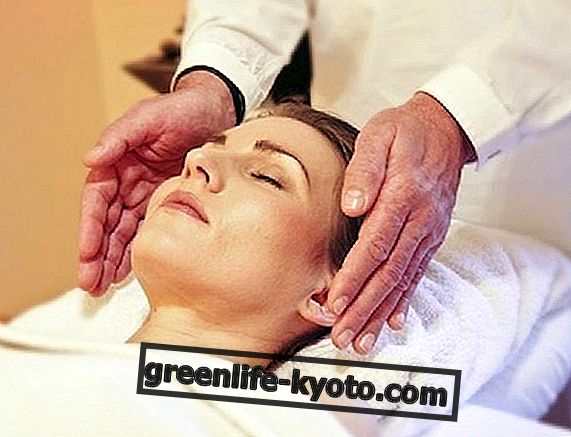
Yes or no mouthwash?
Who created the mouthwash? Is it good? It hurts? Or more simply ... does it do something? Certain dentists often state that the common mouthwash is of no use for oral hygiene. Undoubtedly, its inventor, the German Lingner, on the end of the 19th century gained a lot thanks to his trade. In ancient times, already Greeks and Romans were looking for fast, liquid means that could clean and disinfect their mouth and teeth. But perhaps not everyone knows that mouthwashes commonly sold today can even be pollutants for the human body. Most of them, like many disinfectants, contain triclosan, an antibacterial and chemical antiseptic, on which there are conflicting opinions. In addition, other mouthwashes have parabens within them, the use of which is the subject of controversy, as some claim the need to avoid their daily use and according to others they would affect, even in the tissue, even on the human endocrine system. As would be avoided mouthwashes that contain sodium lauryl sulfates or dyes. Natural mouthwashes, those based on tea tree oil, malaleuca oil or tea tree oil, for example, a natural antibacterial, would be decidedly less harmful to the body and personal hygiene.
How to make a natural mouthwash?
Yes, you can also make your own mouthwash! There are many different recipes for making a good natural mouthwash. The base is made up of water and salt, to which herbs, essential oils and bicarbonate can be added. Salt? Yes, because salt is a kind of natural disinfectant : in fact the action of salt (NaCl or sodium chloride) is bacteriostatic and eliminates water, blocking the vital activities of microorganisms. By adding essential oils and herbs, the oral cavity is purified, halitosis disappears, teeth and gums are strengthened.
Basil Mouthwash ...
So take a small saucepan, fill it with water and put a tablespoon of dried basil leaves, or 100 grams of fresh leaves. Boil for about 10 minutes, strain, add salt and use this together as a mouthwash, keeping it in the fridge in a glass or plastic bottle for longer life. The basil of the recipe just mentioned can be replaced with sage leaves, fresh or dried.
... with malaleuca oil
If you prefer the fresh scents of essential oils and the disinfectant power of malaleuca oil, take a bottle, fill it with water and add a spoonful of baking soda, 2 drops of malaleuca oil, or cloves or sage, and two drops of mint essential oil. Shake everything for a natural mouthwash ready in just a few minutes.
and apple vinegar!
Apple vinegar is also a valid ally for natural mouthwash. Just put a few cloves and mallow leaves in a saucepan for a few minutes; after which, once it has cooled everything, strain the liquid, put two tablespoons of apple vinegar and a pinch of salt. To flavor your do-it-yourself mouthwash, you can also use anise, fennel or cinnamon sticks.











